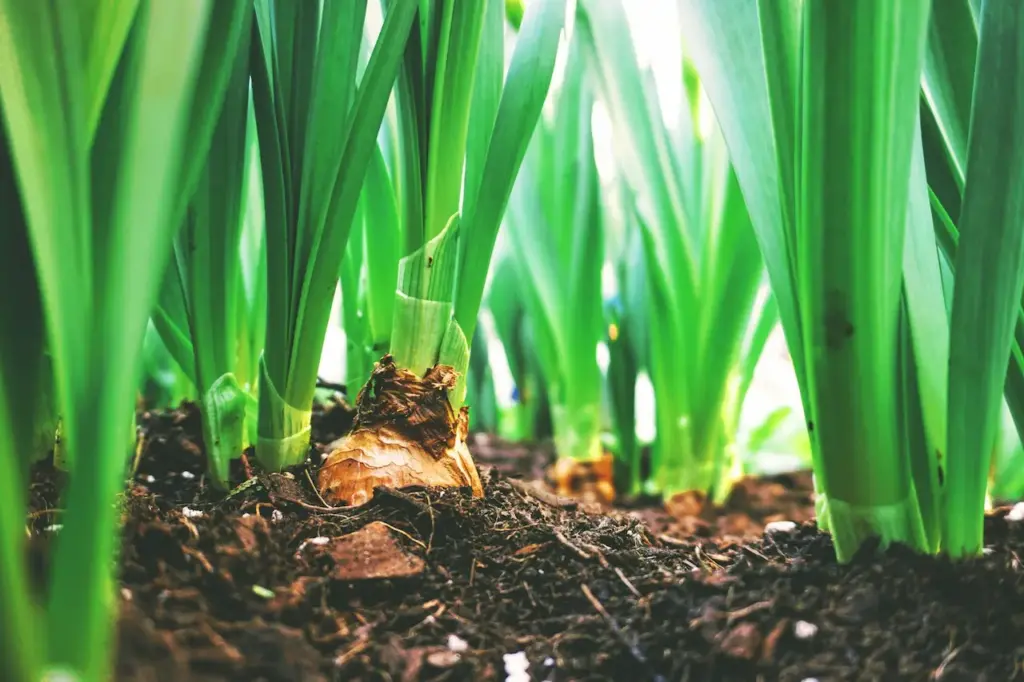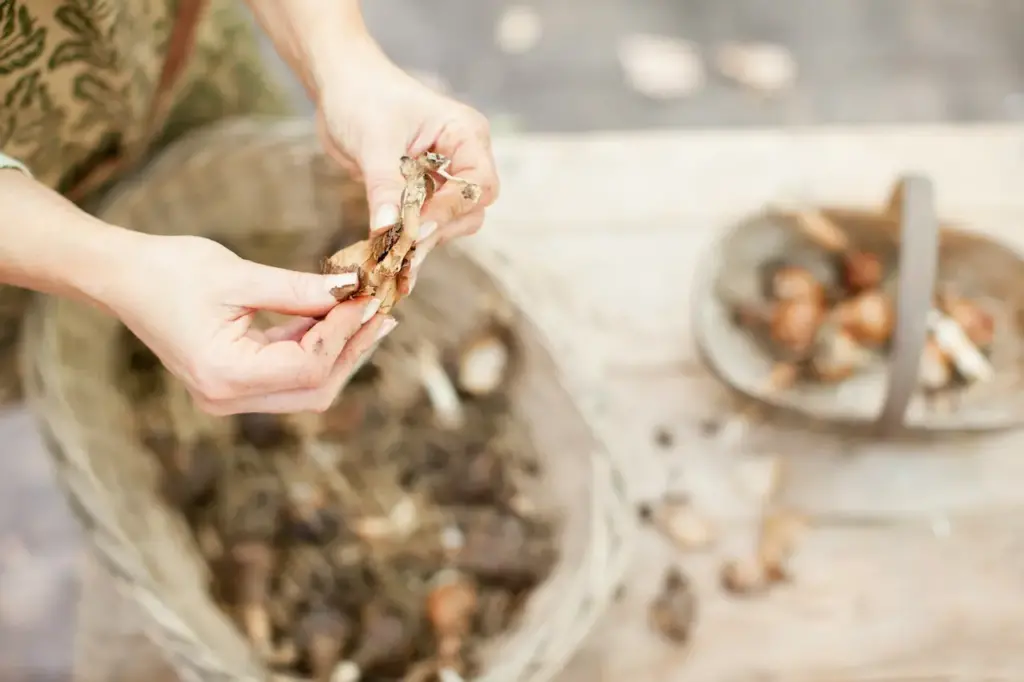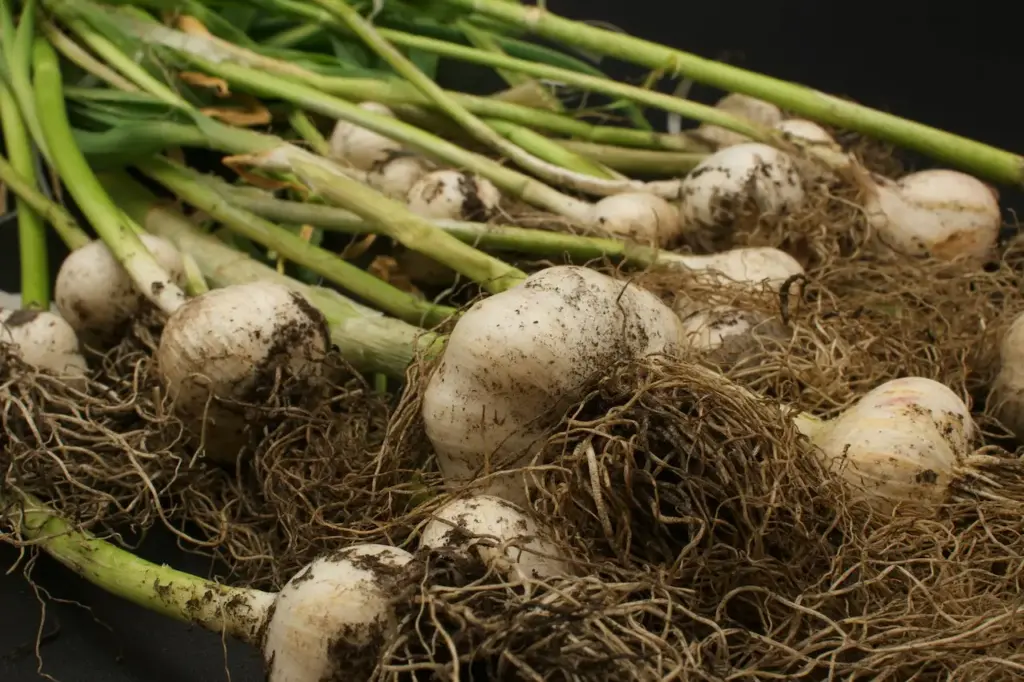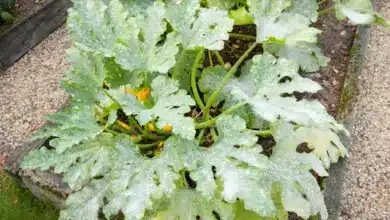How to Keep Animals from Eating Your Bulbs
How to Keep Animals from Eating Your Bulbs & How To Protect Plants
Many of our yards have serious under-bulbing – for a variety of reasons.
A rabbit searching for a free meal in the garden.
One is that bulbs have the unfortunate trait of lacking badly on the instant-gratification scale. The bulbs are planted in the fall and you end up with an untouched bed for 4 months.
The cost and work are also important. Many people are reluctant to invest, particularly at a point when they assume that the gardening season has ended. October and November are two of the best months for planting bulbs. )
Thirdly, many gardeners don’t have much luck with bulbs. The bulbs rot or get eaten or fail to produce for more than two years (not the gardeners ).
This last problem is much easier to solve that you may think… because it’s a tulip-related issue.
The most popular spring-flowering bulb is the tulip. They are beautiful bulbs and make a stunning display.

They are also the most difficult to grow. They can ruin an entire planting because deer, rabbits and rodents enjoy the taste of all parts of tulips. Even if tulips aren’t eaten by animals, they tend to die within a few short years.
Most public gardens treat tulips like annuals, removing them each year after they bloom and replanting each fall.
If you don’t want to do that, here is a better solution. Why not choose to avoid trouble by reducing or eliminating tulips, and instead planting bulbs that are less likely to be eaten by animals? I’ll get to that in a moment…
Understanding the enemy is important in every war. There are two invasions going on.
Burrowing rodents such as squirrels, chipmunks, and mice eat bulbs long before they can sprout.
Above-ground foragers, such as rabbits and deer, will gnaw the buds of plants that are still growing before they open.
The groundhog, that horrible creature God created to stop gardeners getting too confident, can make you go both above and below the surface.
These tulip leafs are gnawed by rabbits.

The best way to protect your tulips from underground pests is by screening them out.
After planting, a sheet of chicken mesh can be laid over the bed and covered with mulch. It’s not possible for rodents to tunnel through it. However, the bulbs can grow through the small openings.
The rodents that are more intelligent can go through the wire, then sideways, into the bulb booty.
By building a cage that is buried around the bulbs, you can even outsmart those rodents.
Then, dig the bed to the depth at which you will plant the bulbs. This is usually about 6 inches in the case of tulips. Place chicken wire on the bottom of the bed, then plant the bulbs. Fold up the four sides as you fill the hole. To completely cover the planting, lay another sheet of chicken-wire across the top. Touche, Mr. Vole!
A wire alternative makes the soil too scratchy to be comfortable for rodents.
You can use Espoma’s Soil Perfector (available in most garden centers as a bag) to mix into your bulb bed to prevent tunneling. You can also use crushed stone, gravel or other crushed rock in a 10 percent ratio.
This treatment has the added benefit of improving soil drainage.
Repellants are the best way to avoid above-ground attacks during spring.
There are many commercial products that can be used to spray around and on emerging bulb plants. These include Bobbex (predator fox urine), Liquid Fence (plantskydd), and Deer Out.
Many gardeners report success using homemade repellents such as human hair or rotten egg concoctions. Others have used sponge pieces soaked with a mixture of bloodmeal and ammonia, or even urine.
A dog or cat that is energetic can be a good defense. The cats and dogs will have a great time chasing rabbits and rodents around all day.
Fencing is an option if you are desperate. A fence can be a bit unattractive for ornamental plants.
To keep deer out, you will need an 8 foot fence around your property perimeter or an electric fence. You can also use two shorter fences that are 3 feet apart.
Fences that are 3 feet deep or 2 feet apart will keep out rabbits and groundhogs. Let the top of the fence be unsecured to prevent groundhogs from climbing over.
This pot is protected by chicken wire.

You could also plant the tulips in window boxes and pots. Cover the tops of your tulips with chicken wire or netting.
Try bulbs that animals don’t really like. They usually eat tulips, crocuses, and sometimes hyacinths.
These are 10 alternatives I prefer that animals won’t eat.
1.) Daffodils, also known as Narcissus. Daffodils (Narcissus) are early to mid-spring flowering plants with cup-shaped blooms in gold, white or pastel shades.
2.) Siberian squill (Scilla siberica). Short April bloomers, with hanging cobalt blue flowers.
3.) Ornamental onions. Alliums are a diverse group of spring to summer bloomers. Most have rounded, purple flowers in varying sizes.
4.) Glory-of-the-snow (Chionodoxa). Early-spring short bloomer with white, pink or violet-blue star-shaped flowers.
5.) Snowdrops (Galanthus). Snowdrops (Galanthus) are a short late-winter flowering plant with white flowers.
6.) Fritillaria. Variety of varieties blooming in mid-spring. The most common type is a foot-tall variety with red-purple-white hanging flowers.
7.) Striped squill, or Puckinia. Early-spring short bloomers with white star-shaped flowers and blue stripes.
8. Summer snowflake. White bell-shaped flowers are borne on 12- to 15-inch stalks.
9.) Spanish bluebells (Hyacinthoides hispanica). Plants that are about a foot tall with upright leaves and spikes of late spring pink or blue flowers.
10.) Crocus tommasinianus (Crocus Tommy). Early-spring flowering crocus with tubular, upright light-purple flowers. This type of crocus appears to be the least palatable for animals.




